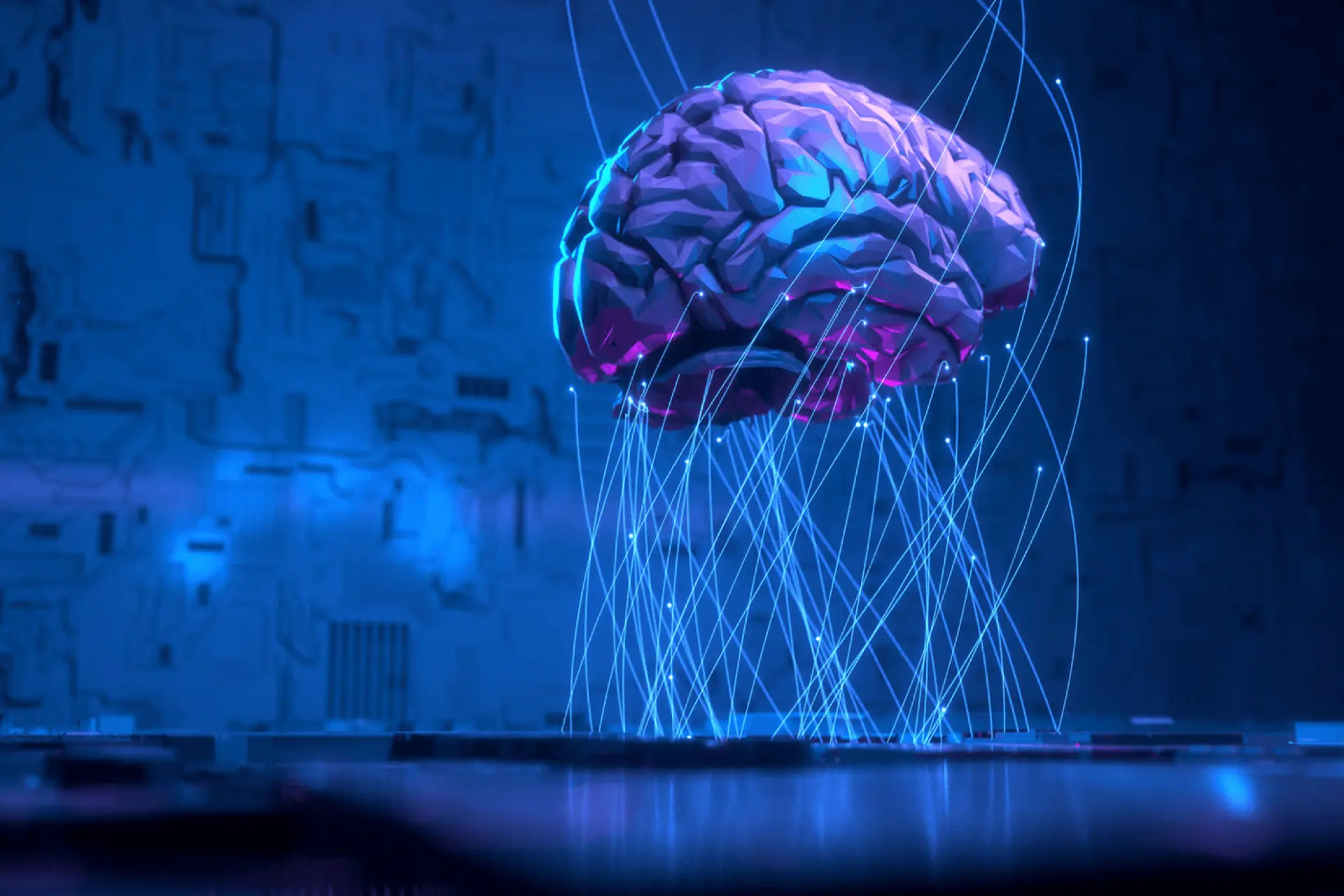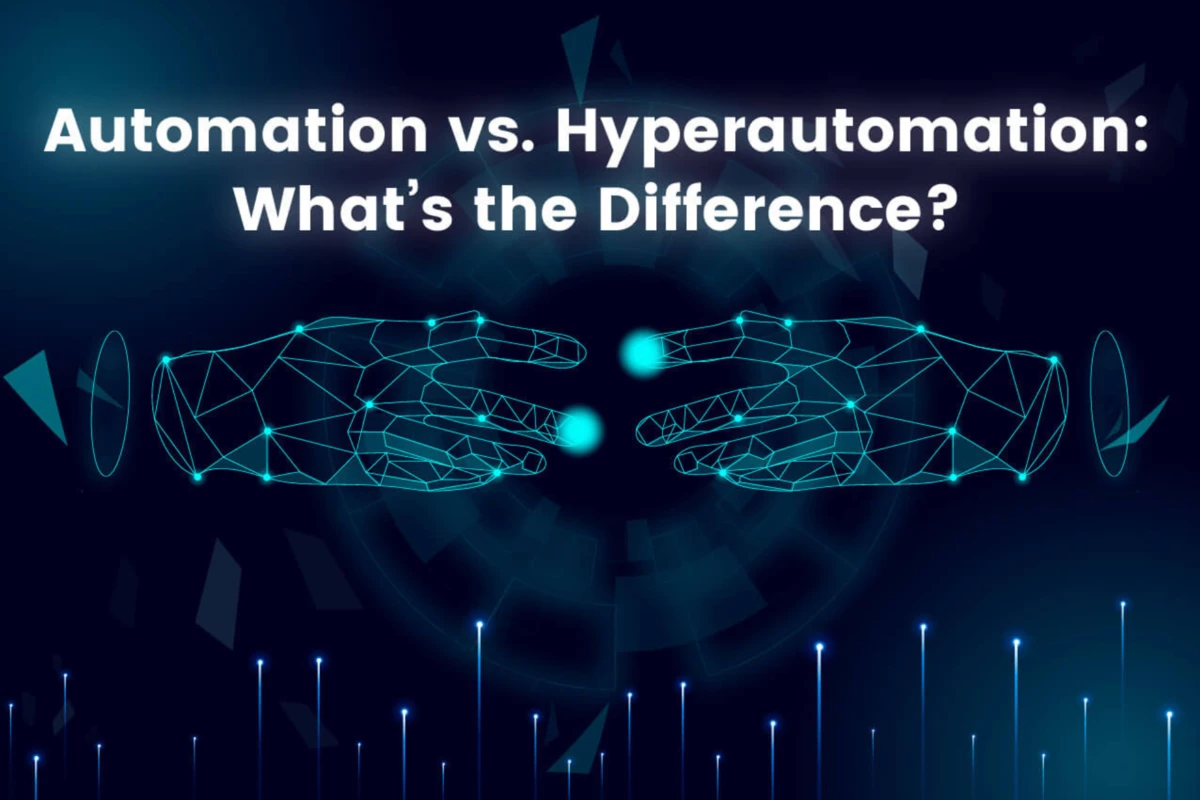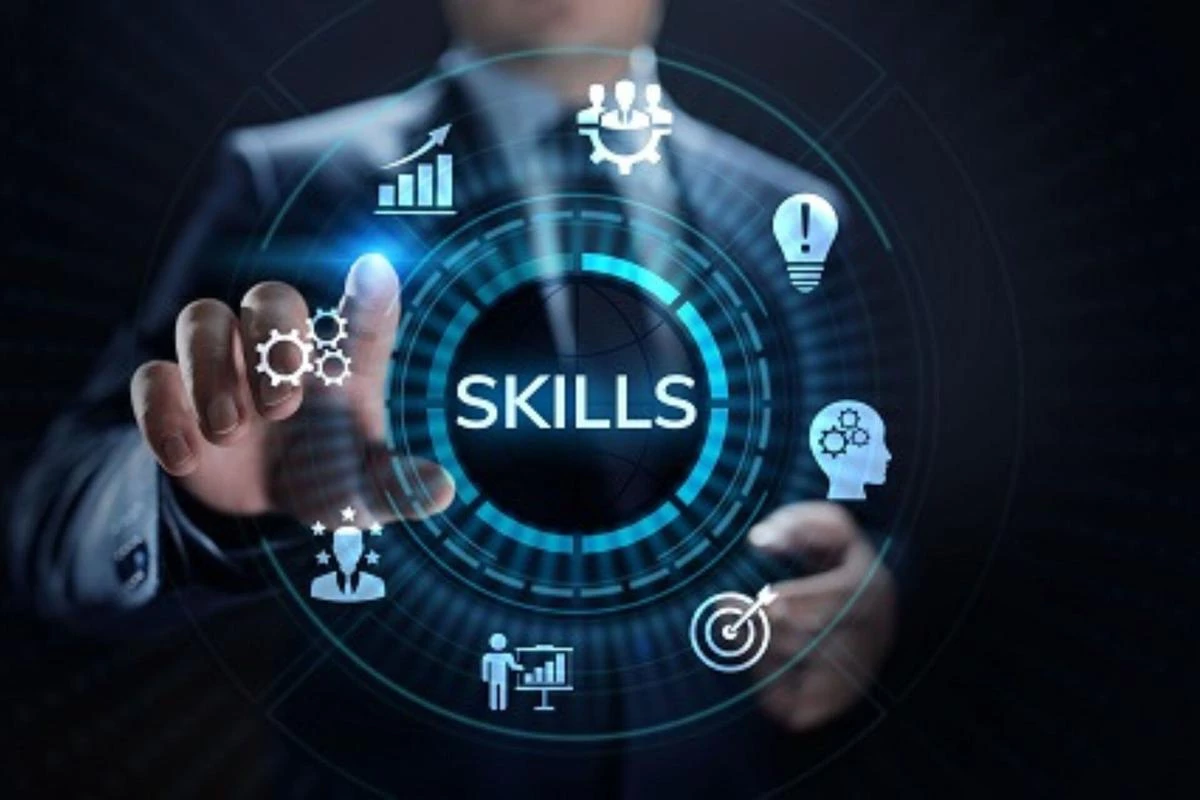Incorporating artificial intelligence into the day-to-day operations of enterprises has become very common. Having intelligent automation with computer vision makes running operations profitable in multiple ways. It brings effectiveness and efficacy to a business’s operations. Implementing intelligent automation presently includes machine vision, a vital technology in the business world.
Machine vision or Computer vision plays a pivotal role in creating images into digital data. Therefore, computers dissect the data to arrive at vital conclusions demanded to make business and non-business opinions. That combination of artificial intelligence features and machine vision will make computer vision more effective.
What is Intelligent automation?
Intelligent Automation (IA) is a combination of Robotic Process Automation (RPA) and artificial intelligence (AI) technologies which together empower Rare end-to-end business process automation and accelerate digital growth.
What is machine vision?
Machine vision refers to the capability of a computer to see and comprehend images. But in this case, it uses a camera to capture images of objects within its vicinity. Data from the taken picture is subject to analysis to determine the coming action. A machine vision system constitutes a set of factors like detectors, frame grabbers, cameras, software, algorithms, and output devices, similar to screens.
The system initiates the process when the detector detects specific objects around. It triggers a light source on the product, and the camera takes a picture of the product. The frame grabber is a digitizing device that converts images into digital data. The software receives the data file and analyzes it on specific criteria. It scans for quality, defects, authenticity, and similarity to other products. A screen shows the automated data, which is now helpful in the decision-making process for an establishment.
How is intelligent automation suitable for computer vision?
Machine vision stands out because it implements human capabilities by seeing and perceiving its surroundings. But it becomes essential by integrating artificial intelligence. AI enables machines to think, understand, and learn while observing their environment. Combining AI with machine vision technology empowers company systems with a deciding capacity.
Intelligent automation makes machine vision systems teachable. A camera attached to a computer vision system learns to take images widely by assessing what’s applicable and what’s not. Likewise, it can separate specific features on products and classify them.
Intelligent automation enables machine vision to learn from former experiences and avoid repeating former miscalculations. Therefore, incorporating AI makes machine vision more effective as it minimizes redundancy and enriches data processing.
Read more on RPA use cases in various sectors
Where is computer vision technology used?
Medicine
Companies are adopting computer vision intensively, and medication is one of the fields venturing into this technology. Surgical operations are now using computer vision to enhance medical imaging for preoperative planning. The images ensure that surgeons identify small details that could impact their procedures and predictions of the condition. Then, computer vision systems use 3D high-resolution endoscopes to identify the pathology and make surgical operations with perfection.
Sign language translation
Sign language translating systems have also employed computer vision. The machine vision system uses a camera to capture the gestures and body movements of individuals with a disability. It also uses its software to study the data into accessible information. This technology is precious amongst the deaf and people with language disabilities. Computer vision has helped individuals with physical impairments to live more comfortable lives. They can now interact with people easily because of the bettered communication process.
Product scanning
The business world is responsible for numerous machine vision system operations available. Computer vision enables businesses to supervise their products more effectively. It identifies faulty products before their distribution. The company corrects these issues and avoids the redundant costs associated with product returns from the final consumers. Either, content supervision of products reduces the clumsy workload that manual workers have to bear. Manual management is time-consuming and expensive for businesses.
Product monitoring and evaluation
Using computer vision improves the speed of product evaluation and observation. An organization can overlook multiple products and information within a brief time. For example, companies checking for product authenticity use visual data in their computer vision systems to balance against those products that are supposed to be legit. Also, they can use these abilities to identify illegal goods, like explosives and drugs.
Computer vision makes the sorting process effective both on-premise and online. Its operation ensures that individuals and associations don’t suffer any financial losses.
Supply Chain Management
Businesses also use computer vision in Supply chain management. This system reads barcodes on products, lessening the process of entering data into a computer. In supermarkets, for example, computer vision makes the shopping process quick. People pass their goods on the barcode reader machine, which captures the codes quickly. The computer screen displays the product cost, and they pay. Computer vision eliminates the delay at the cashier counter and improves the development of the deal in a retail business.
Product traceability
In the pharmaceutical industry and other establishments that deal in sensitive products, computer vision helps in product traceability. Most regulated products bear monitoring to avoid misusage by people. Further, Computer vision helps pharmaceutical enterprises track the constituents of a given product and cover its expiration date.
E-commerce
In e-commerce, machine vision makes it possible to search for products online without hassle. Computer vision benefits consumers by enhancing their shopping experience. It eliminates possible errors that individuals make when buying duplicate products. Either, it removes the uncertainty that people witness when reading product descriptions. Once you upload an image to search, the visual computing system identifies it.
Agriculture
Farmers use the computer vision system to gather information about their farm products. A computer vision algorithm classifies farm products based on their quality, size, and shape. The algorithm also directs robots to pluck the yield. Computer vision has been used to reap crops in some regions worldwide and proved effective.
In India, for instance, computer vision has been used to harvest grapes. AI-powered computer vision robots rank the quality of the fruits before selecting them. Computer vision also facilitates crop inspection in the field using drones. Drones can predict unfavourable weather conditions for their growth, ensuring the farmers take preventive measures to avoid loss of yields. Drones fitted with computer vision also help identify ailing crops for spraying purposes.
Conclusion on Intelligent Automation with Computer Vision
Intelligent automation is the key to unleashing the potential of machine vision. Machine vision detects object features around. Still, without intelligent automation, it’s prone to repeat miscalculations. Additionally, Intelligent automation makes machine vision systems teachable. They can learn from their previous mistakes and keep improving.
With advancements in technological operations, intelligent automation and machine vision have become centres for important inventions like independent cars and virtual surgeries. They’ve also become important in making manufacturing and distribution processes in companies more useful. Machine vision enables companies to avoid failures associated with illegal and phoney products. And both computer vision technology and intelligent automation vow a better tomorrow in automation.
Outworks Solutions Intelligent automation capabilities will help you integrate automation with technologies like artificial intelligence, machine learning, and knowledge-based systems to drive the enterprise-wide digital transition. Our largely professed automation experts will work with your business & IT teams to assess processes and technology to develop the most suitable automation workflows and help in the robotic workforce. For queries, contact us today.



